The thrill of spotting an endangered species in its natural habitat creates memories that last a lifetime. Unlike zoo encounters, witnessing rare animals moving freely through their native environments offers a genuine connection to our planet’s biodiversity. Remarkable wildlife experiences await adventurous travelers who venture beyond typical tourist paths.
Here is a list of 16 extraordinary destinations where patience and respect for nature might reward you with glimpses of some of Earth’s most elusive creatures.
Bwindi Impenetrable Forest, Uganda
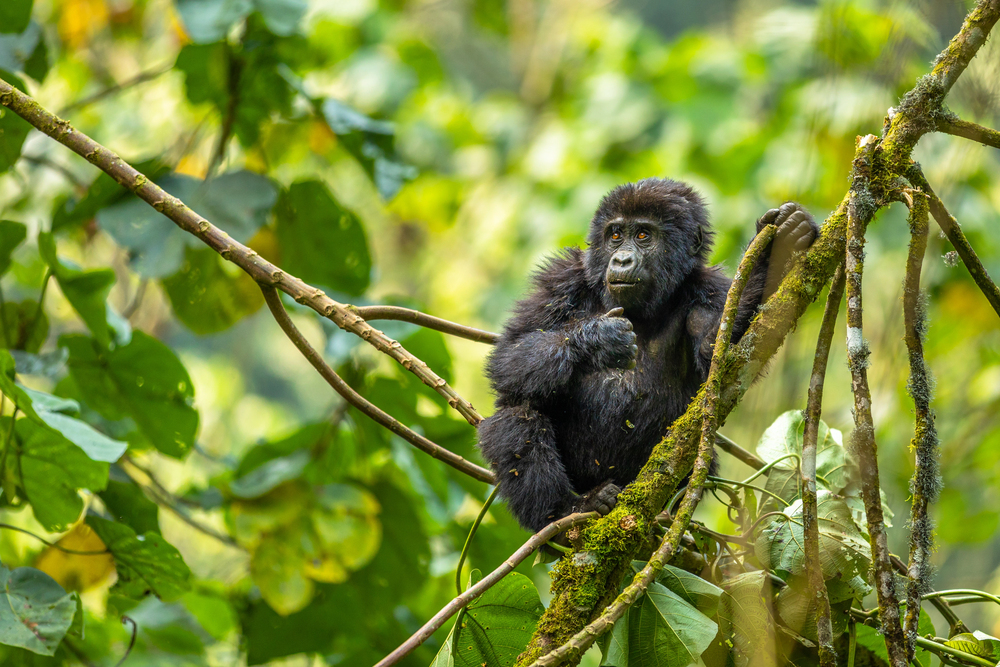
This ancient rainforest harbors nearly half the world’s remaining mountain gorilla population. Trekking through dense undergrowth alongside expert guides brings visitors face-to-face with these gentle giants.
Permits require booking months in advance, but the unforgettable hour spent observing a gorilla family’s daily routines justifies both the preparation and the $700 price tag.
Tanjung Puting National Park, Indonesia

Orangutans swing through the canopy of this Borneo rainforest preserve, one of the last strongholds for these critically endangered great apes. Visitors typically travel via klotok boat along narrow rivers, sleeping aboard under mosquito nets while journeying between feeding stations like the famous Camp Leakey.
The sight of these red-haired primates using tools and displaying near-human expressions makes clear why their name translates to ‘person of the forest.’
Like Travel Pug’s content? Follow us on MSN.
Ranthambore National Park, India
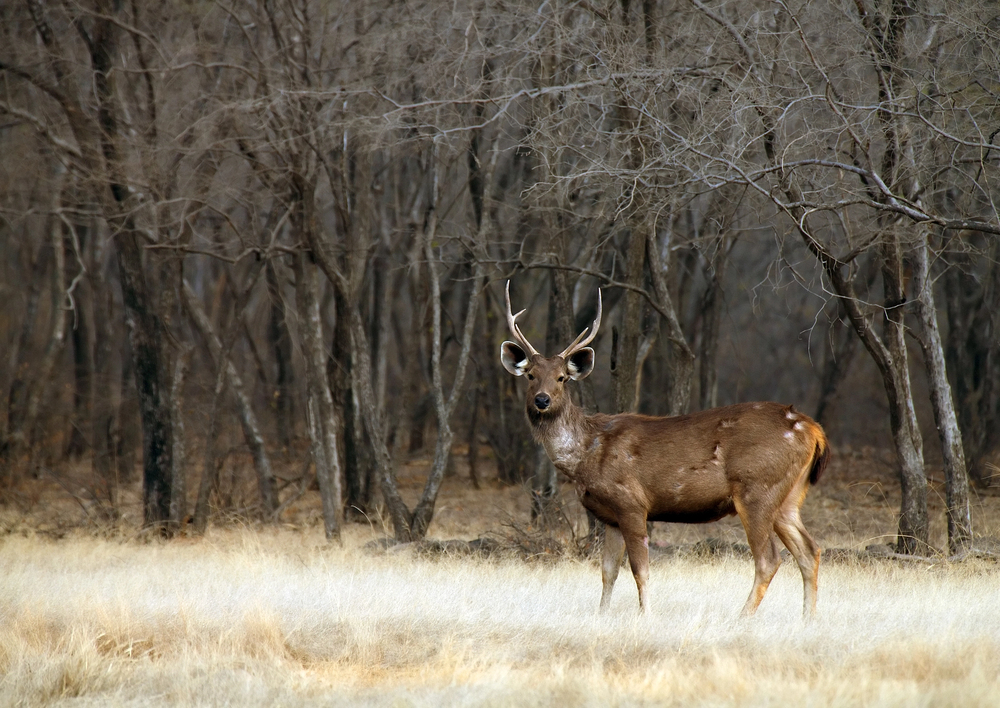
Bengal tigers roam freely throughout this former royal hunting ground dotted with ancient ruins. Morning and evening safaris maximize the chances of spotting these magnificent cats against a backdrop of crumbling temples and dry deciduous forests.
Their population has slowly recovered thanks to intensive conservation efforts, though each sighting remains precious, with fewer than 3,000 tigers left in the wild.
Magdalena Bay, Mexico

Gray whales migrate to these protected Pacific waters each winter, creating one of nature’s most interactive wildlife experiences. Local fishermen guide small boats to areas where mother whales sometimes bring their curious calves alongside for what seems like deliberate human encounters.
Travelers often find themselves close enough to make eye contact or even touch these massive marine mammals who appear genuinely interested in meeting their land-dwelling cousins.
Corcovado National Park, Costa Rica
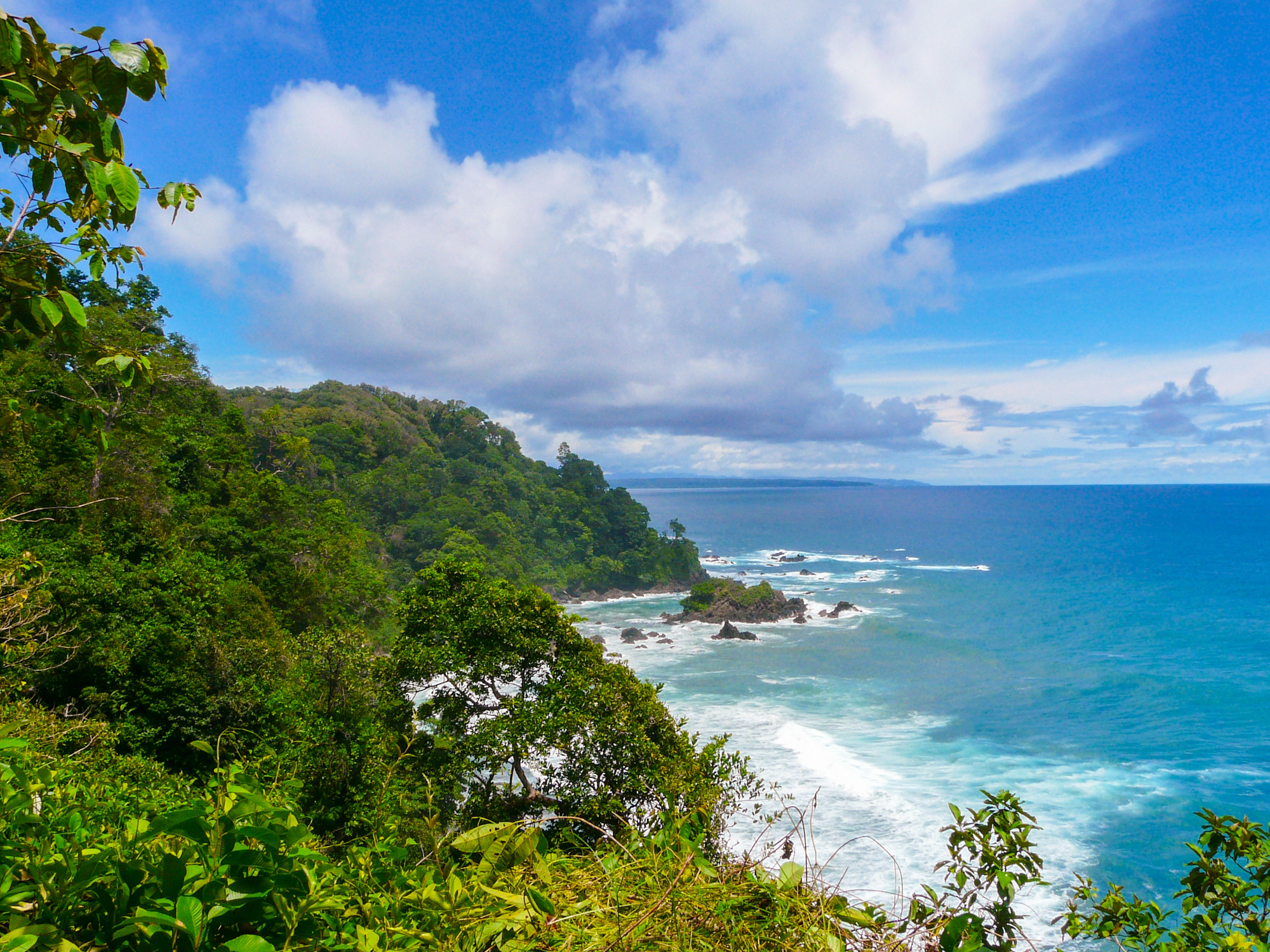
National Geographic has called this remote preserve ‘the most biologically intense place on Earth.’ Its untouched rainforests shelter rare species, including Baird’s tapirs, harpy eagles, and all four Costa Rican monkey species. The park’s isolation requires a commitment to reach, typically involving light aircraft flights followed by boat transfers to wilderness lodges.
Dawn hikes along muddy trails often reveal scarlet macaws overhead and tracks of elusive jaguars who remain mostly invisible despite their presence.
Like Travel Pug’s content? Follow us on MSN.
Komodo National Park, Indonesia
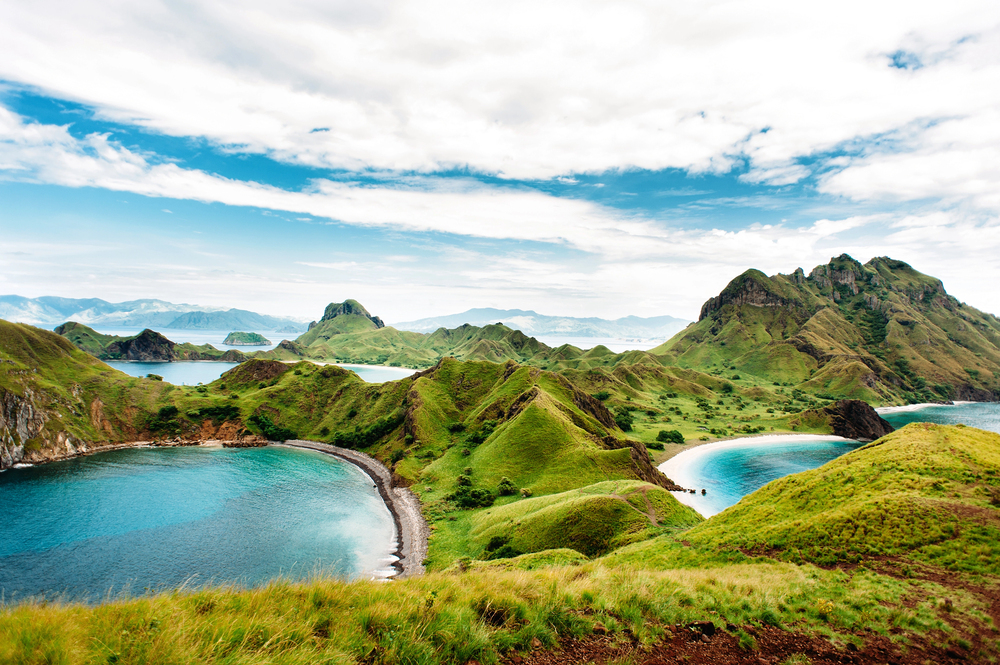
The world’s largest lizards roam freely across these dry, savanna-covered islands in eastern Indonesia. Adult Komodo dragons reach lengths exceeding 10 feet and weigh over 150 pounds, hunting deer with venomous bites that would make any medieval dragon proud.
Guided walks across the islands provide safe viewing opportunities of these prehistoric-looking reptiles, whose isolated evolution represents a living window into Earth’s ancient past.
Antarctic Peninsula
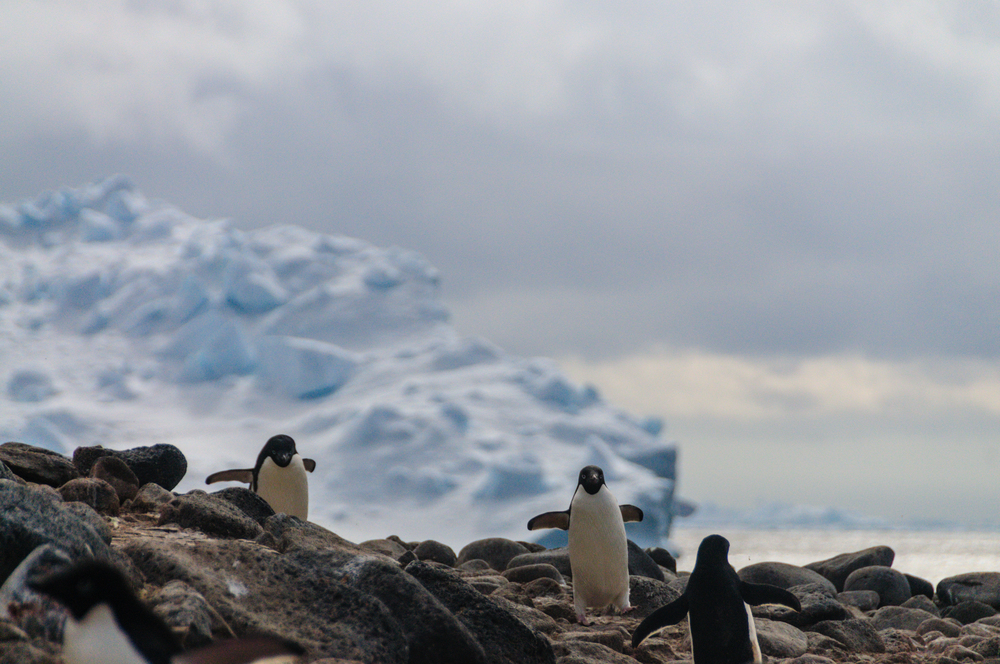
The white continent offers unparalleled opportunities to observe penguins, seals, and whales against spectacular ice-carved landscapes. Expedition ships depart from southern Argentina, crossing the notorious Drake Passage before reaching calm Antarctic waters.
Zodiac excursions bring visitors ashore where Gentoo, chinstrap, and Adélie penguin colonies carry on their noisy social lives with minimal fear of human observers who follow strict environmental protocols.
Monteverde Cloud Forest, Costa Rica
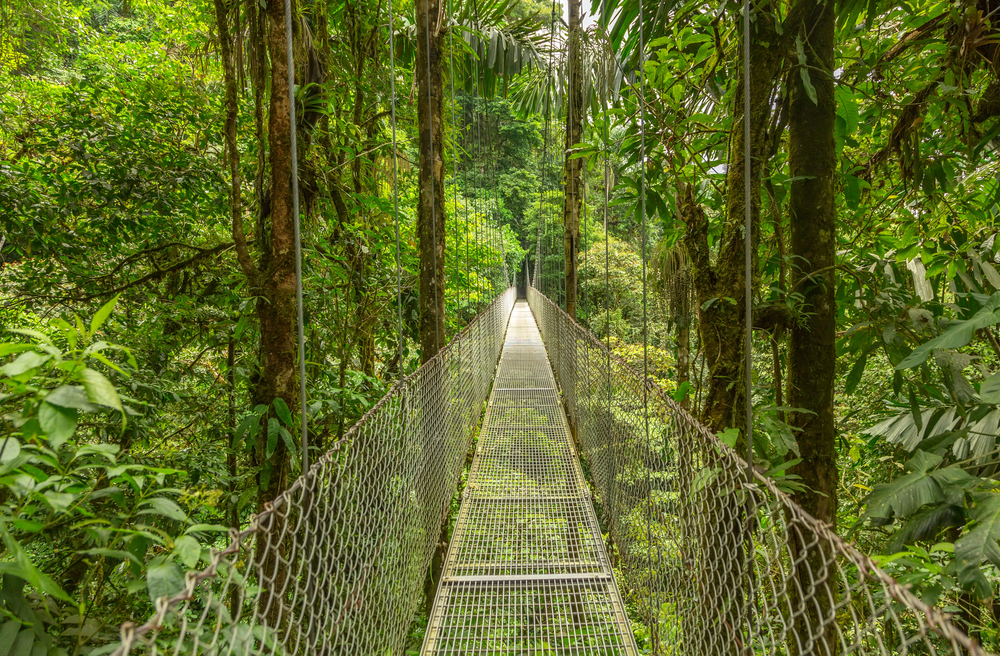
Shrouded in mist and draped with orchids, this mountainous preserve protects the endangered resplendent quetzal. Revered by ancient Mayans, these iridescent birds display long, trailing tail feathers during the breeding season that can exceed three feet in length.
Early morning guided walks through moss-covered trails offer the best chance to spot their emerald feathers glowing like jewels against the cloud forest’s ethereal backdrop.
Like Travel Pug’s content? Follow us on MSN.
Monarch Butterfly Biosphere Reserve, Mexico
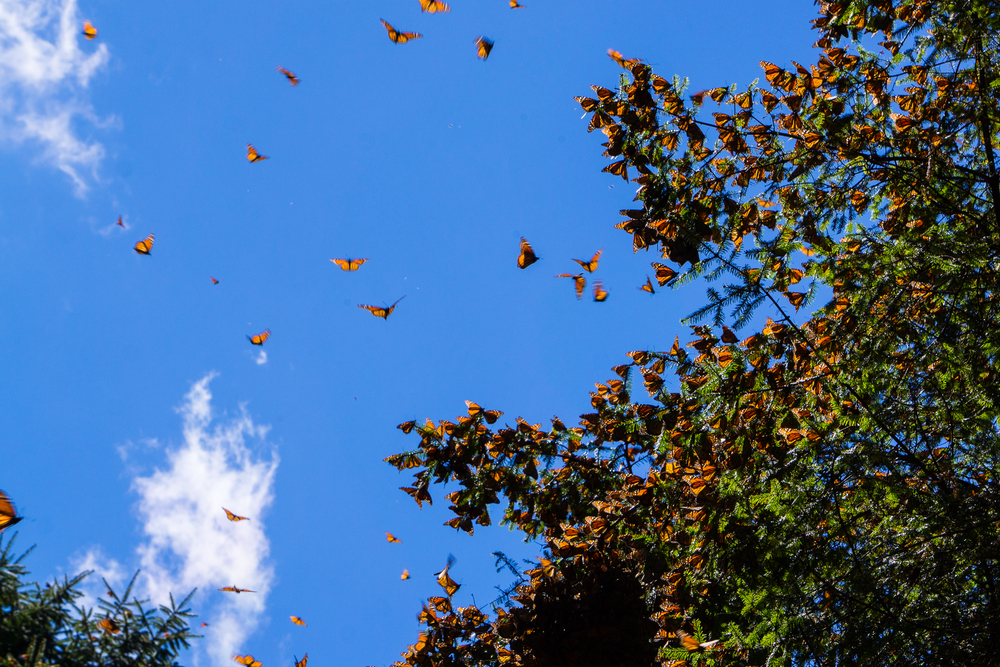
Billions of monarch butterflies migrate thousands of miles to winter in these high-altitude forests northwest of Mexico City. Their orange wings carpet entire trees and occasionally darken the sky when disturbed into flight.
The journey from Canada each autumn represents one of nature’s greatest migrations, though visitors must hike uphill trails to witness the spectacle between November and March when the butterflies cluster together for warmth.
Etosha National Park, Namibia
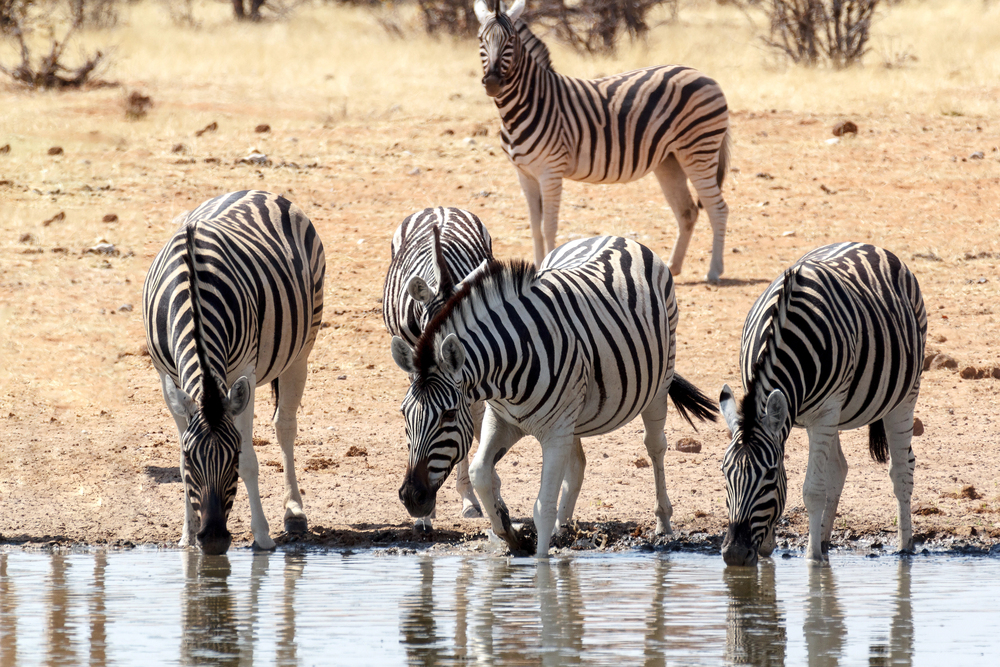
This vast salt pan transforms into wildlife viewing paradise during dry seasons when animals concentrate around permanent waterholes. Rare black rhinos emerge cautiously at dusk while lions, elephants, and countless herbivores share precious drinking space in fascinating displays of interspecies tolerance.
The park’s unique landscape allows self-drive safaris where patient observers parked near waterholes might witness the complete spectrum of African wildlife within a single afternoon.
Great Bear Rainforest, Canada

Spirit bears—rare white-furred black bears carrying a recessive gene—roam these remote temperate rainforests along British Columbia’s coast. Indigenous Gitga’at guides lead small groups to salmon streams where these ghostly bears fish during autumn runs.
The forest also shelters wolves, grizzlies, and mountain lions across landscapes where ancient cedars grow alongside mist-shrouded fjords in a wilderness larger than some European countries.
Like Travel Pug’s content? Follow us on MSN.
Kangaroo Island, Australia
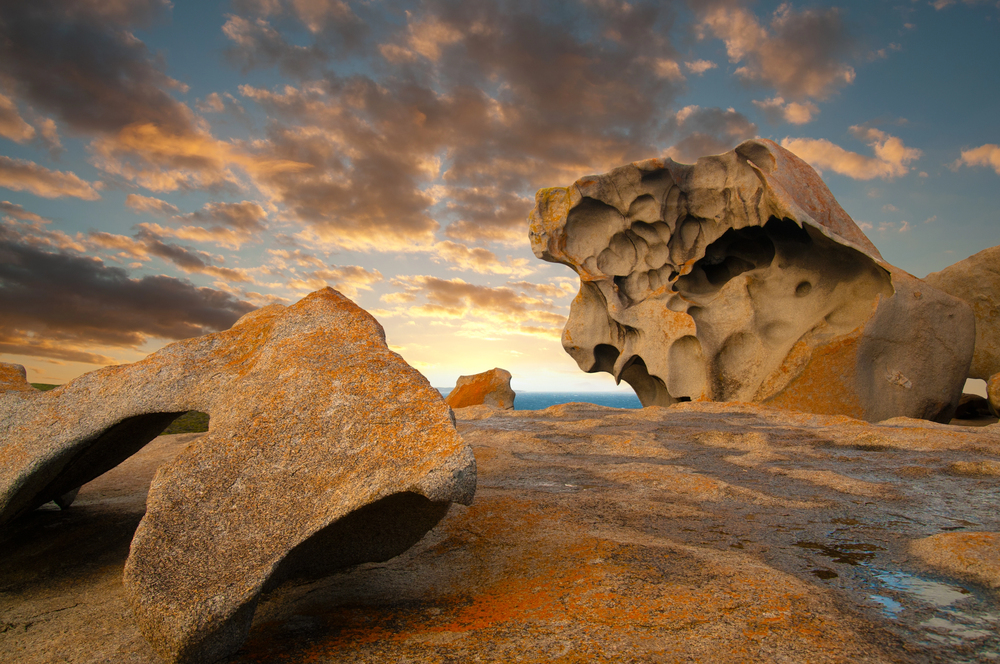
This island sanctuary off South Australia’s coast provides refuge for numerous species that evolved without mainland predators. Echidnas, platypuses, and several kangaroo species feed openly across landscapes recovering from devastating 2020 wildfires.
The island’s sea lion colonies allow close observation of these playful marine mammals, while koalas—increasingly threatened elsewhere—remain relatively common in remaining eucalyptus groves.
Pantanal Wetlands, Brazil
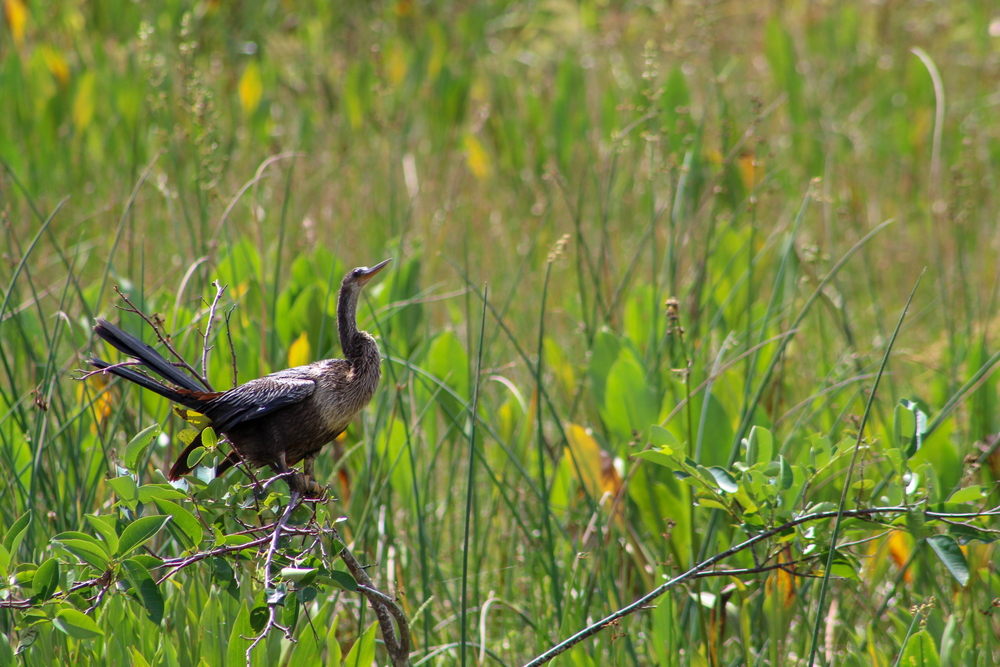
Earth’s largest tropical wetland harbors South America’s most accessible jaguar population alongside giant river otters, capybaras, and hyacinth macaws. Unlike the dense Amazon rainforest, where animals hide unseen, the Pantanal’s open marshes create perfect wildlife viewing conditions during dry seasons.
Specialized boat tours along the Cuiabá River offer almost guaranteed jaguar sightings as these normally secretive cats hunt along exposed riverbanks.
Sierra Nevada de Santa Marta, Colombia
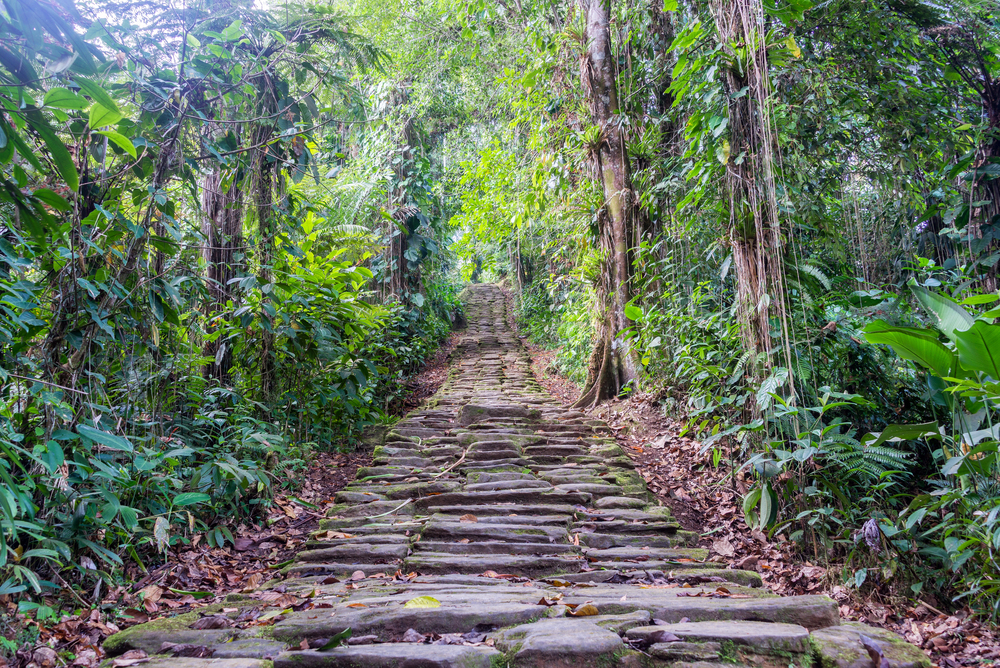
This isolated mountain range rises dramatically from Caribbean shores, creating numerous ecosystems sheltering endemic species found nowhere else. Hummingbirds zip between flowers while rare Colombian woolly monkeys swing through cloud forests protected by indigenous communities.
The mountains also harbor secretive spectacled bears—South America’s only bear species—though these shy creatures typically reveal themselves only through turned rocks and claw marks on trees.
Like Travel Pug’s content? Follow us on MSN.
Katmai National Park, Alaska
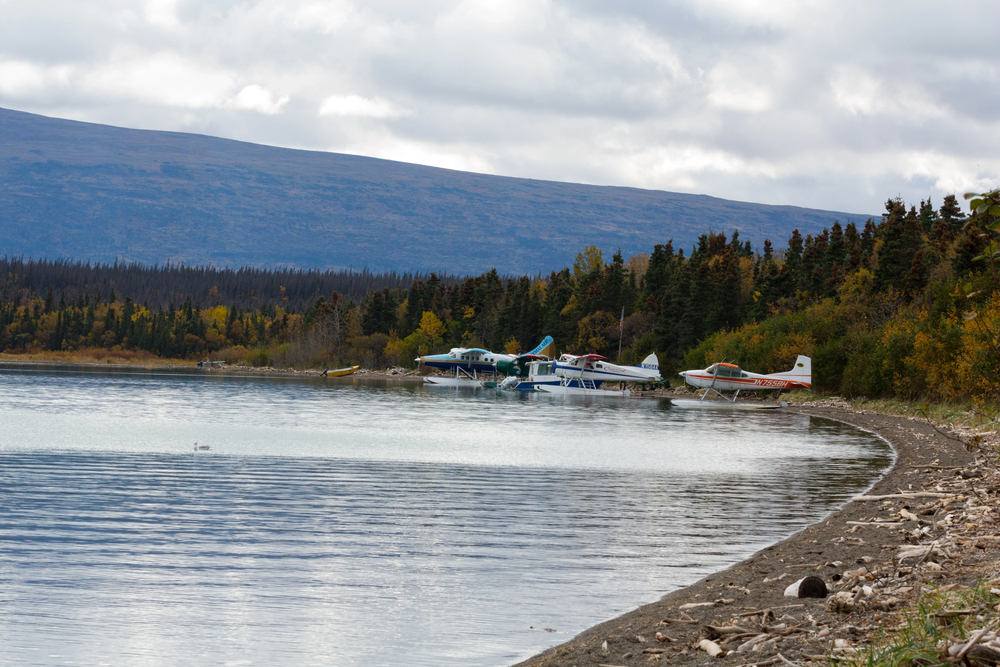
Coastal brown bears gather by the dozens at Brooks Falls during summer salmon runs, creating North America’s most reliable bear-viewing destination. Elevated platforms allow visitors to safely watch these massive omnivores catch spectacularly leaping salmon just feet away.
The bears demonstrate surprising tolerance toward each other and nearby humans, sometimes fishing shoulder-to-shoulder in displays that contradict their normally solitary reputation.
Okavango Delta, Botswana
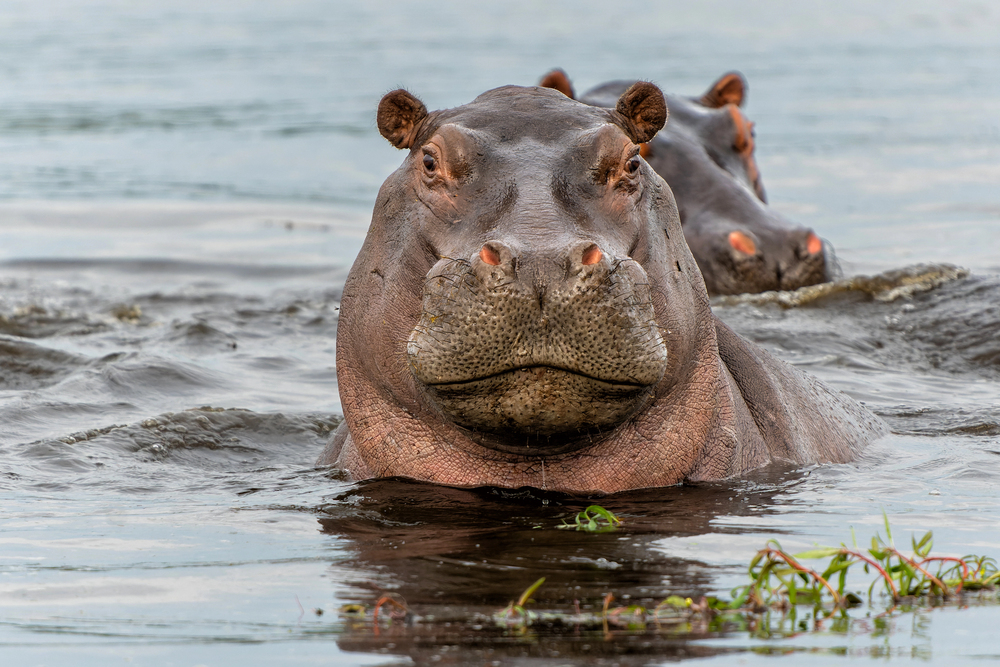
This inland delta creates a watery paradise, attracting everything from elephants to endangered African wild dogs. Traditional mokoro canoe safaris offer silent approaches to red lechwe antelope bounding through shallow channels while hippos watch suspiciously from deeper pools.
The delta’s annually fluctuating water levels create constantly changing wildlife movement patterns, though high-end safari camps track animal concentrations to maximize viewing opportunities year-round.
Encounters That Inspire Conservation
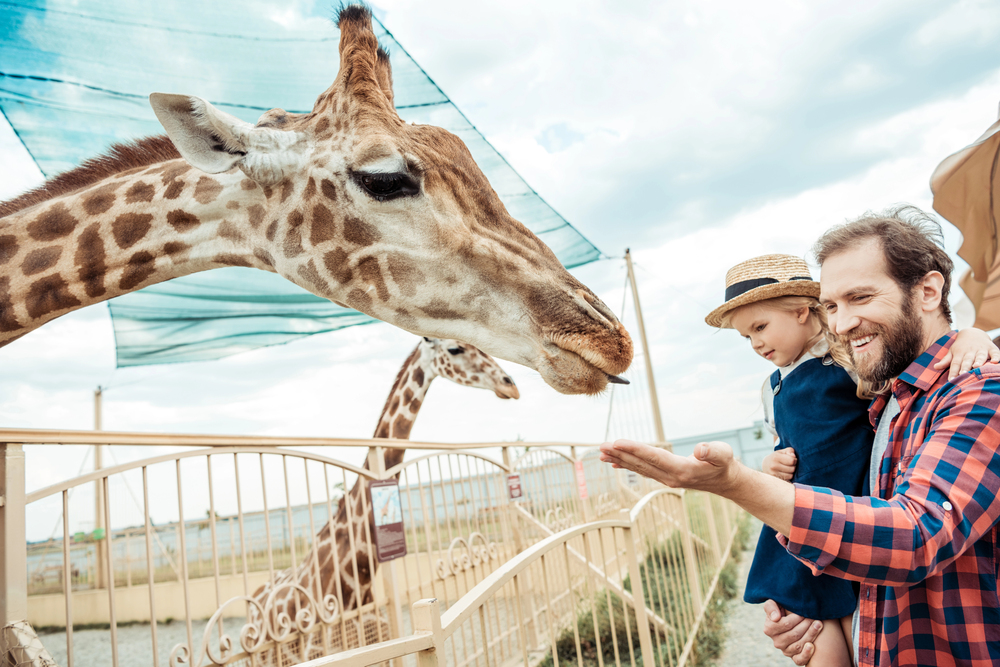
Wildlife tourism, when conducted responsibly, creates economic incentives that help protect these remarkable species and their habitats. Local communities increasingly serve as nature’s guardians when wild animals become more valuable alive than dead.
The memories created through respectful wildlife observation often transform casual travelers into conservation advocates who understand that our planet’s incredible biodiversity faces unprecedented threats requiring immediate action.
Like Travel Pug’s content? Follow us on MSN.
More from Travel Pug

- 20 Destinations That Were Once Thriving but Are Now Quietly Disappearing
- 13 Destinations Where Tourists Regularly Regret Their Trip
- 20 Once-Popular Beach Towns That Are Now Ghostly Empty
- 10 Under-the-Radar Mountain Towns That Are Both Affordable and Beautiful
- Take a ‘Learning Vacation’ in These 20 Extraordinary Places
Like Travel Pug’s content? Follow us on MSN.
